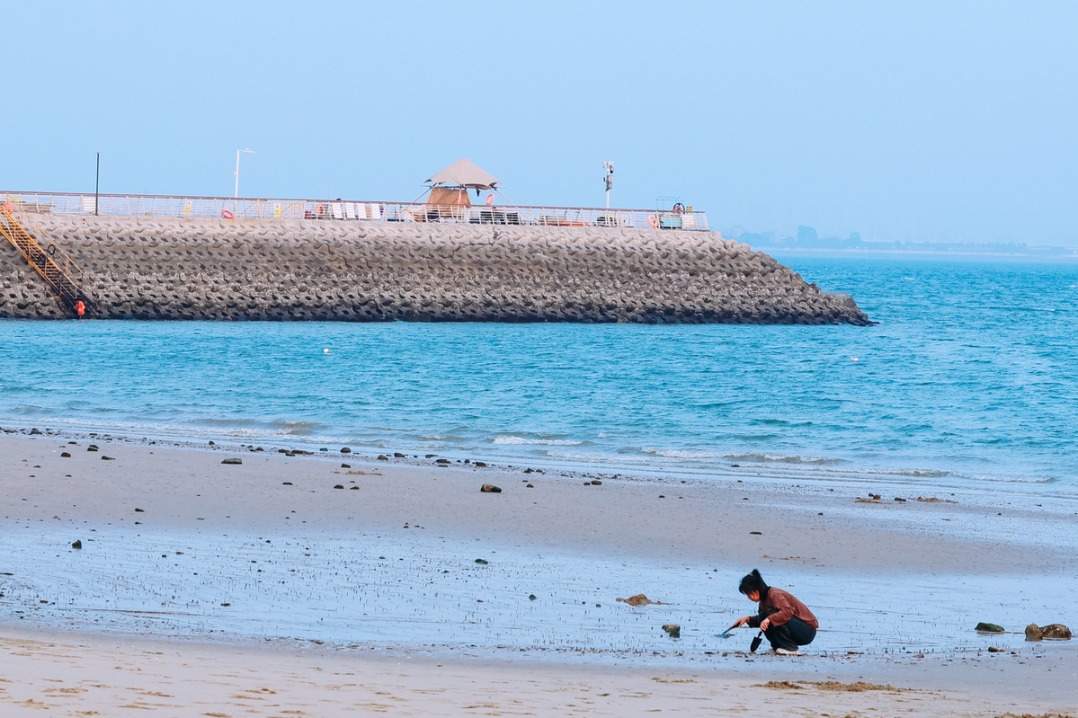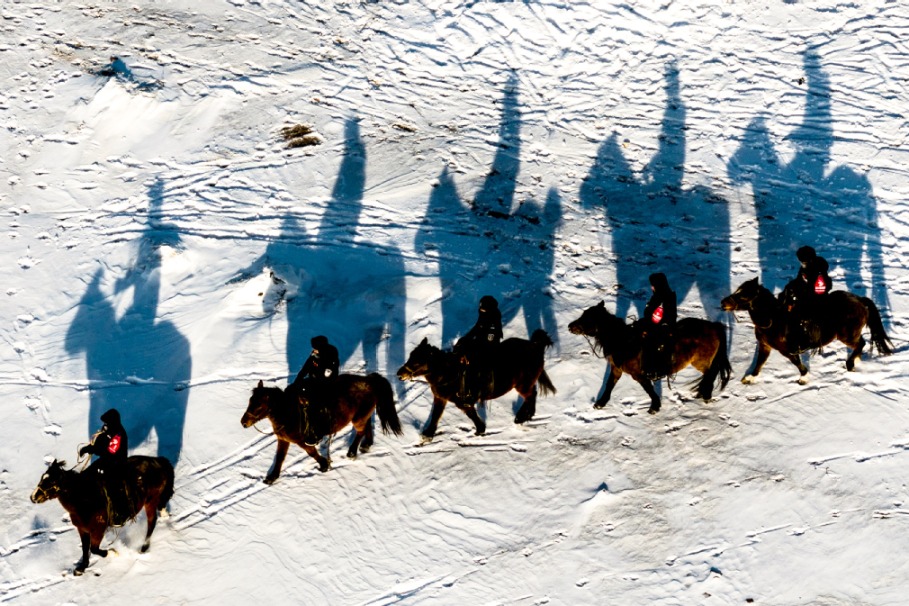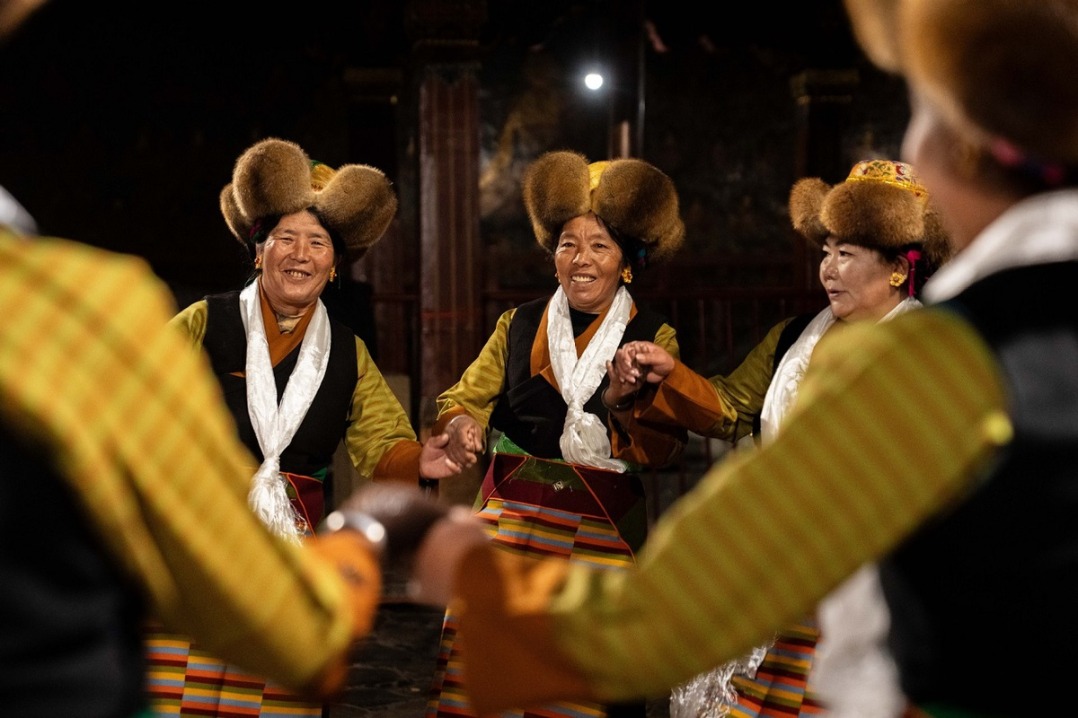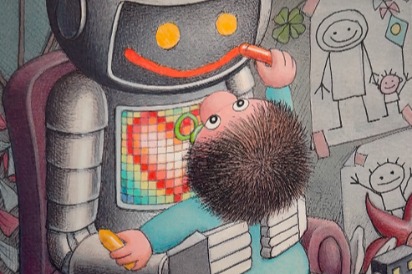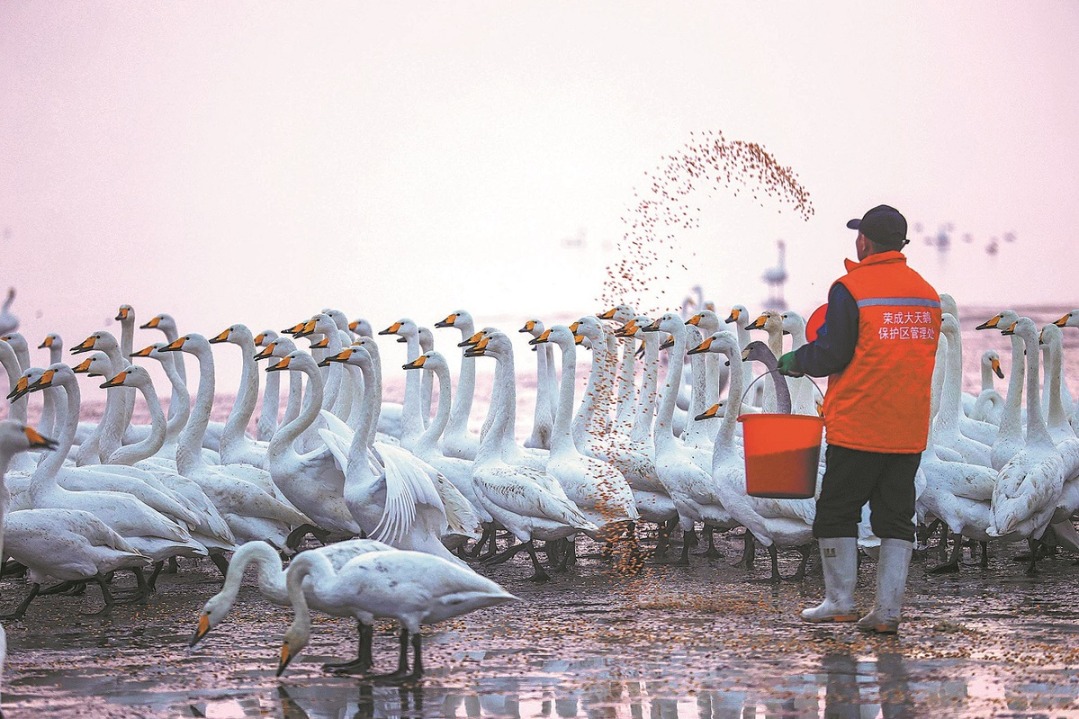Engineers develop soft drone grippers inspired by climbing plants in nature

HANGZHOU — A team of Chinese engineers has developed a new class of soft grippers on drones that allow unmanned aerial vehicles to perform a variety of tasks, such as retrieving a key hanging from a tree branch or cleaning up garbage in the wild.
Currently, UAVs have rigid grippers that tend to be heavy, have a single grasping mode, and are limited in terms of the shape and size of the object that can be grasped.
Researchers from Zhejiang University drew inspiration from climbing plants with the remarkable ability to tightly clutch onto branches, or with hook-like structures that enable them to scale the vertical surfaces of tall buildings.
The gripper inspired by soft tendril climbers is designed for delicate grasping, while the one inspired by hook climbers can be used for tasks requiring strong grasping, according to a study published as a cover story in the latest edition of the journal Science Advances.
The load capacity for a gripper with hook structures is about 29 percent more compared to one without such a hook, and it can grasp a maximum weight of approximately 450 grams, according to the study.
It can grasp common household items like plastic bottles, glass goblets, clamps and ceramic ornaments.
In an outdoor experiment, a drone flew toward a key suspended from a tree limb. Its gripper passed through tree limbs and managed to firmly grasp the key.
This ability can be useful in environmental protection, where it can be deployed for tasks such as gathering trash in the wild and removing garbage from rivers and lakes.
In freshwater ecosystems, manual collection remains the main method of garbage cleanup, which is labor-intensive.
Unlike rigid grippers, the soft and adaptable gripper can absorb vibrations transmitted by UAVs and also allows an object to rotate or move within the gripper.
Outdoor applications have highlighted the unique advantages of the soft grippers across a spectrum of challenging environments. Such grippers can operate effectively even in cases of low positioning accuracy, reducing the need for complex planning of grasping execution, according to the researchers.
- Macron's China visit strengthens ties, boosts cooperation on global issues
- CPC issues revised regulations on its working bodies
- Melodic harmony under gingko tree
- Media tour explores Xiamen's tech surge and smart manufacturing
- Discover Xiamen with beauty of ecological governance
- Conference aimed at strengthening global organ donations opens in Guangzhou

















